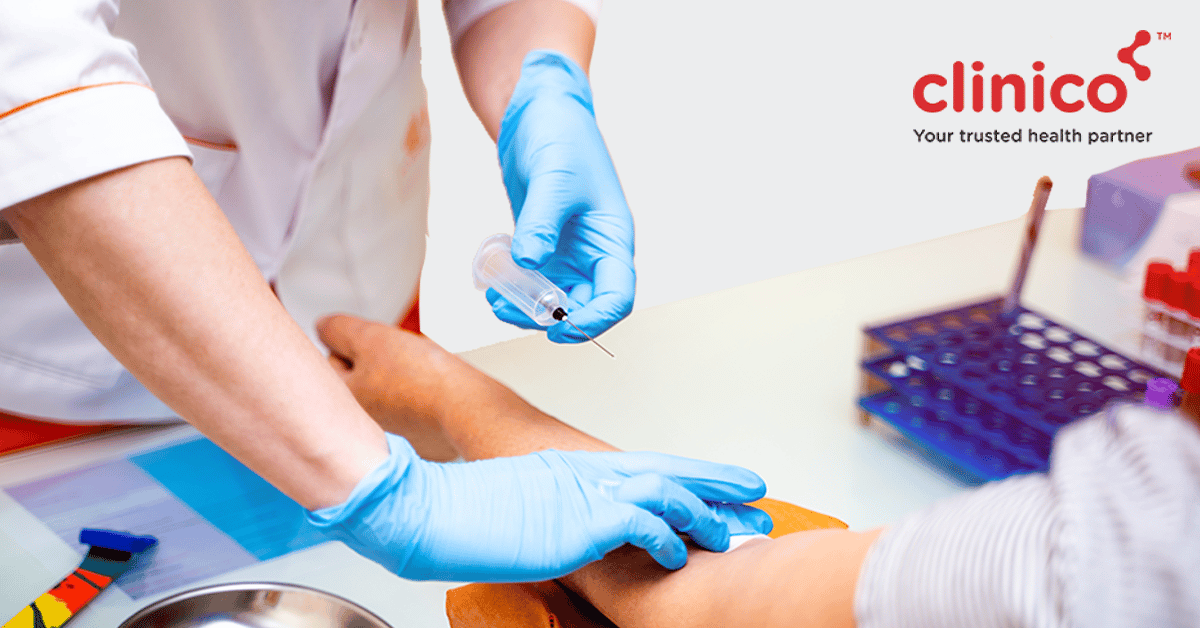
What do Diagnostic Tests mean?
Tests that are conducted to help diagnose a disease, injury or health condition are termed as diagnostic tests. They help determine the presence of disease or injury to further plan the course of treatment.
There exist a large number of diagnostic tests for different diseases which are conducted in diagnostic centres & hospitals worldwide. With the help of these tests, doctors are able to view the functioning of internal organs, movement of joints, etc.
What are the 7 common Diagnostic Tests?
The 7 most common diagnostic tests are the following:
1. X-rays
Arguably the most common diagnostic scan, x-rays are conducted for various reasons such as detecting the cause of pain, ascertaining the severity of an injury, monitoring the progression of diagnosed disease and impact of ongoing treatment.
2. CT scan
Another well-known diagnostic scan, CT scans enable healthcare practitioners to view cross-sections of body parts. The cross-sectional images generate images that are high in detail as compared to a regular x-ray.
3. MRI
An alternative for CT scan, MRI involves the use of radio waves with magnetic fields as opposed to ionizing radiation used in CT scans. The lack of radiation make MRI safer than CT scans but at the cost of time as MRIs can be quite time-consuming.
4. Mammogram
Mammograms are used to diagnose breast cancer and monitor the disease progression. Two types of mamograms used to detect breast cancer are diagnostic mammograms & screening mammograms.
5. Ultrasound
Sometimes referred to as sonography, an ultrasound is conducted to generate images of organs & vessels by using high-frequency sound waves. Since it involves no use of radiation, it’s the preferred scan for examining pregnant women.
6. PET scans
PET scans help diagnose issues happening at the cellular level. The scan procedure comprises introducing radioactive tracers into the human body which helps reveal otherwise undetected issues with the help of a PET scanner.
7. Pathology test:
Conducted for diagnosing Type 1 & Type 2 diabetes, the blood sugar test is a very common diagnostic test. Type 1 diabetes, also known as insulin dependent diabetes, is very rare compared to Type 2 diabetes.
Where can you get the diagnostic tests?
You can get any of the above diagnostic tests done at your nearest Clinico diagnostic centre.
Clinico is among Mumbai’s top diagnostic chains and is an established NABL certified brand offering high quality diagnostic reports and 24×7 pathology services in Mulund & nearby areas.
Our best-in-class diagnostic & pathology services are delivered by an expert team of medical professionals, technocrats and industry experts who are passionate about providing precise & affordable healthcare to common people.
Why is Clinico the Best Diagnostic & Pathology Lab?
Here’s why Clinico is the best diagnostic and pathology lab:
✅ 1st NABL approved pathology lab in Mulund
✅ Rich legacy of over 4 decades with 3M+ tests performed
✅ 8 state-of-the-art centres with 250+ highly qualified team members
✅ 24x7x365 pathology services at economical cost
✅ 40+ associated hospitals and 700+ associated doctors
✅ Ultramodern infrastructure to serve patients with accurate & fast diagnostic reports
✅ Quickest systems for blood collection and providing in-hand or digital reports
Conclusion
Diagnostic tests serve a vital purpose in the healthcare industry by helping diagnose & monitor diseases, health conditions or injuries.
If you or your family member has been prescribed a diagnostic test, then get in touch with the Diagnostic Experts at Clinico!
Schedule the test at your nearest Clinico centre! Contact us 24×7 on 9504555555.
Shapiro, David E. “The interpretation of diagnostic tests.” Statistical methods in medical research 8.2 (1999): 113-134.
https://journals.sagepub.com/doi/abs/10.1177/096228029900800203
